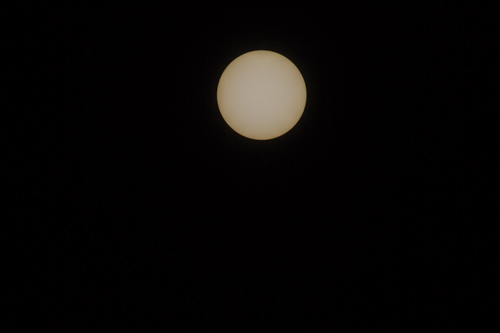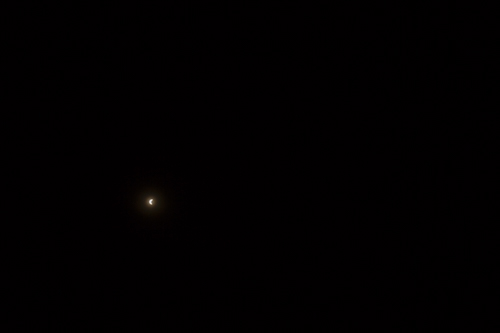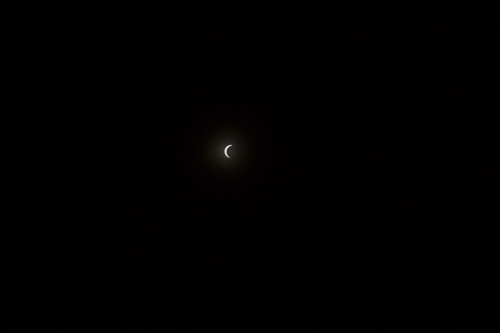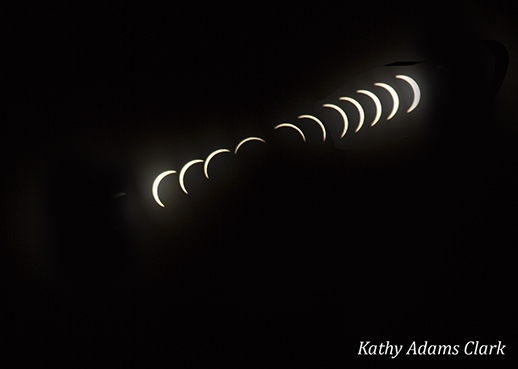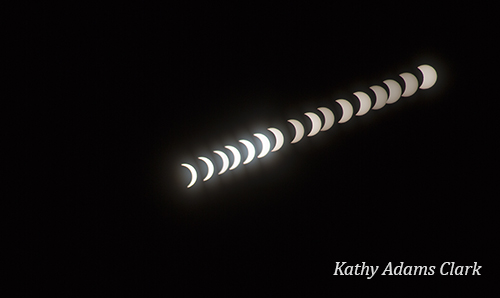
We get two opportunities soon to photograph a solar eclipse in the US. October 14, 2023 we have an annular eclipse and April 8, 2024 we have a total eclipse of the sun.
In the October 14th annular eclipse, the moon will partially block the sun. There will be an orange ring around the sun.
In the April 8th total eclipse, the moon will completely block the sun. The sun will go dark and then we get a tiny flare of light (Baily’s beads) as the moon moves to reveal the sun again.
You’ll need a couple of things to photography both events.
Now is the time to order your 16-stop solar filter! Don’t wait until the day before. Here’s a link to the filters offered by B&H Photo.

Be sure to order the filter that fits the front of your lens.

You’ll also need a sturdy tripod. Order that today, too, if you need it.
You’ll need a shutter release. My favorite is the Vello RC-C2II ShutterBoss II. Buy the one for your camera. Buy the one with the cord and not the cordless.
Magnification — Here’s a blog post I wrote regarding lens choice. There’s a place for your telephoto zoom and a place for your wide angle lens.
Planning — Here’s a blog post I wrote about planning a couple of years ago.
I’ve photographed three eclipses and here’s what I’ve learned along the way.
Planning
- Planning is essential. Have all the equipment assembled and ready to go an hour before the eclipse begins.
- Focus on infinity and turn off auto focus.
- Turn off image stabilization.
- Manual exposure at f/4.5 during totality works well. When the sun is brighter f/16 for f/22 helps to cut some the light.
- Spot meter with a focus point on the sun to get an accurate reading. Mirrorless camera users have the advantage of seeing the exact exposure so use that to your advantage.
- Exposure compensation was needed when the sun was big.
- Shutter speed easily stays between 1/5000 and 1/8000 for most of the eclipse.
- A sturdy tripod is a must. Don’t kick it.
- A programmable shutter release like the Vello Shutterboss II is perfect.
- For a time lapse, set the Vello Shutterboss to take photos at precise intervals. A time lapse is best with a wide angle lens. That means a second camera, second solar filter, second tripod, and second Vello Shutterboss.
Prepare for Controtions
My first eclipse started early in the morning and it was in a northern latitude. The sun rose above the horizon and was still low when the eclipse ended.
My last eclipse ended after 1:00pm so the sun was high in the sky.
At my location on October 14th, annularity begins at 11:51 when the sun is 46.1 degrees above the horizon. When annularity ends at 11:54, the sun will be 46.5 degrees in the sky.
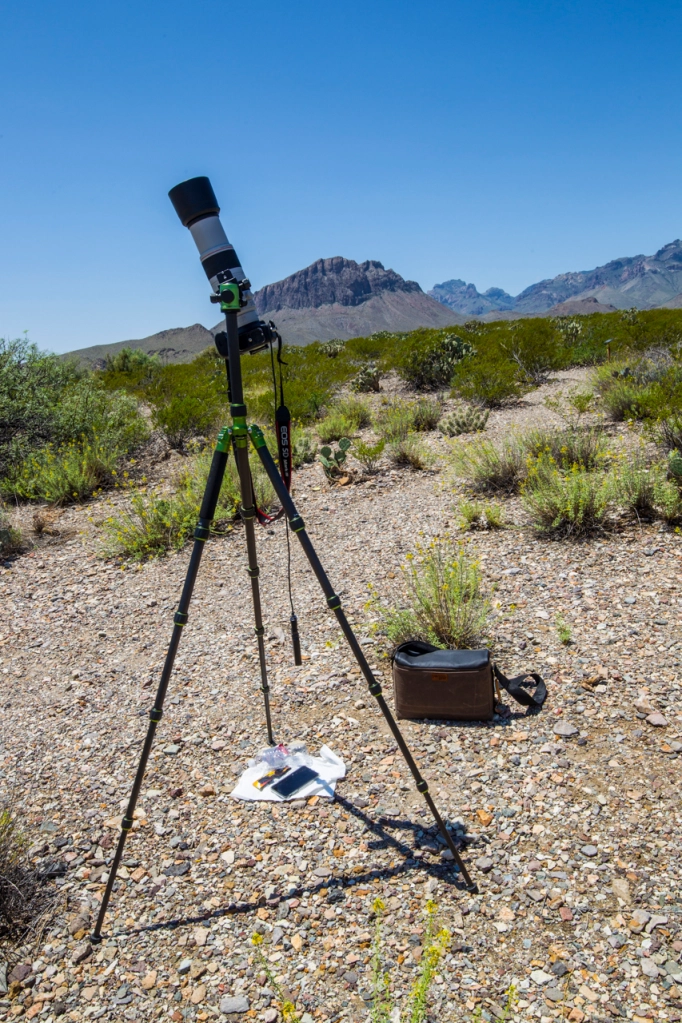
So what that means is my camera/lens combination has to be able to angle up at 46 degrees while it’s on the tripod. During a previous eclipse, the ball head got in the way, the camera body was hitting the ball head, etc. Make sure things work for your location.
Maybe a Gimbal head would work better than a ball head? Test your set-up ahead of time.
Details from NASA
Here’s a website from NASA that might help you prepare.


Enjoy!! Prepare ahead of time and don’t get stressed.
Post any questions below. I’ll gladly help.

